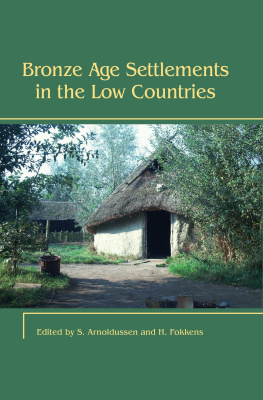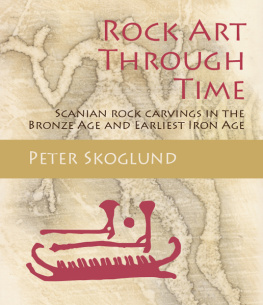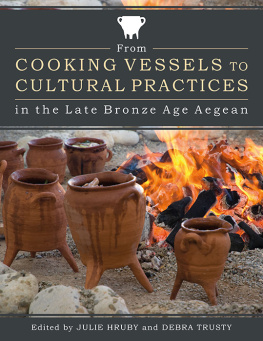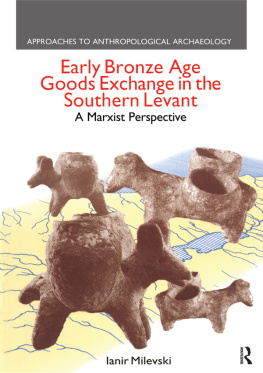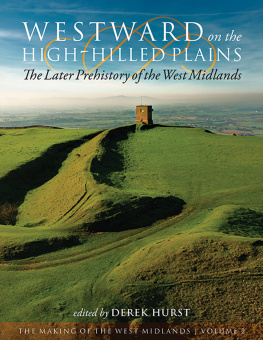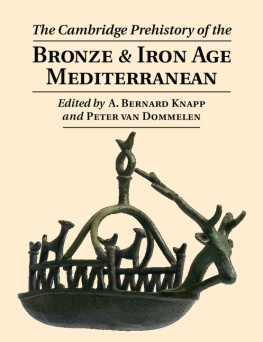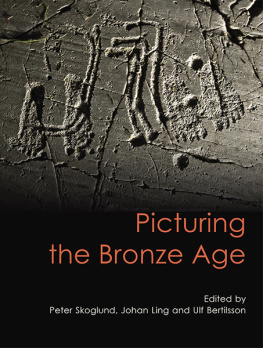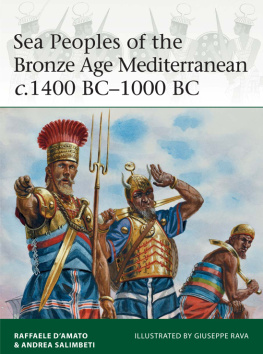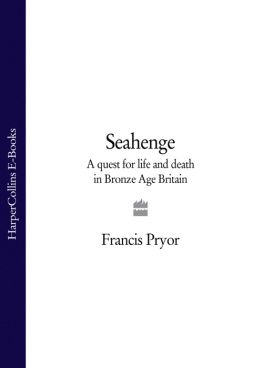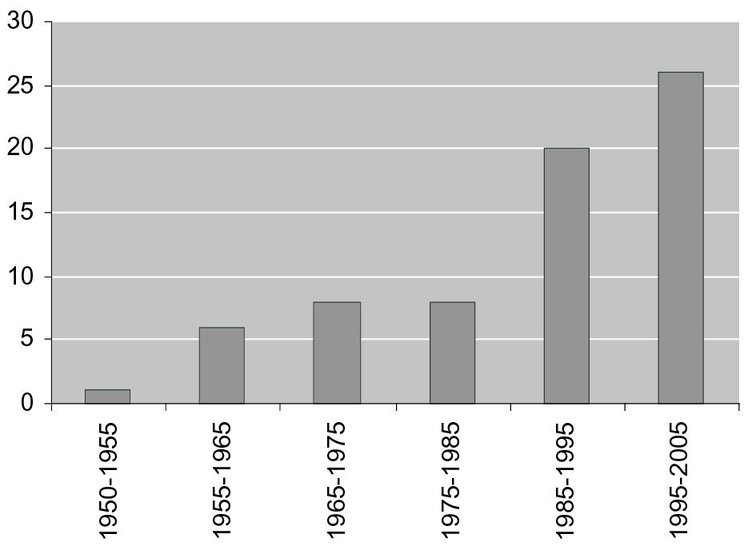List of contributors
R. ANNAERT
VIOE (Flemish Heritage Institute)
Koning Albert II-laan 19 bus 5, B-1210 Brussel
henrica.annaert@rwo.vlaanderen.be
S. ARNOLDUSSEN
Faculty of Archaeology/ RACM-Amersfoort
Postbus 1600, NL-3800 BP Amersfoort
s.arnoldussen@racm.nl
H. BERKVENS
Milieu, Afd. Archeologie
Postbus 435, NL-5600 AK Eindhoven
r.berkvens@milieudienst.sre.nl
Q.P.J. BOURGEOIS
Faculty of Archaeology
p.a. Cleveringaplaats 1, kr. 13, NL-2311 BD Leiden
q.p.j.bourgeois@umail.leidenuniv.nl
J. BOUWMEESTER
Synthegra Archeologie bv,
Doetinchemseweg 61 A, NL-7707 CB Doetinchem
jeroen.bouwmeester@xs4all.nl
S. DEITERS
Westflisches Museum fr Archologie, Amt fr
Bodendenkmalpflege
Brderichweg 35, D-48159 Mnster
Stephan_Deiters@gmx.de
H. FOKKENS
Faculty of Archaeology
p.a. Cleveringaplaats 1, kr. 13, NL-2311 BD Leiden
h.fokkens@arch.leidenuniv.nl
D.R. FONTIJN
Faculty of Archaeology
p.a. Cleveringaplaats 1, kr. 13, NL-2311 BD Leiden
D.R.Fontijn@arch.leidenuniv.nl
T.D. HAMBURG
Archol BV
P.O. Box 9515, NL-2300 RA Leiden
T.Hamburg@archol.nl
J.B. HIELKEMA
RAAP BV
De Kiel 11, NL-9206 BG Drachten
J.Hielkema@raap.nl
L.G.L. VAN HOOF
Archol BV
P.O. Box 9515, NL-2300 RA Leiden
L.vanHoof@archol.nl
P.F.B. JONGSTE
Archol BV
P.O. Box 9515, NL-2300 RA Leiden
P.Jongste@archol.nl
S. KNIPPENBERG
Archol BV
P.O. Box 9515, NL-2300 RA Leiden
S.Knippenberg@archol.nl
P.B. KOOI
Groningen Institute of Archaeology
Poststraat 6, NL-9712 ER Groningen
p.b.kooi@rug.nl
B.H.F.M. MEIJLINK
Walcherse Archeologische Dienst
p/a Zeeuws Archief
P.O. Box 70, NL-4330 AB Middelburg
B.Meijlink@middelburg.nl
L. MEURKENS
Archol BV
P.O. Box 9515, NL-2300 RA Leiden
L.Meurkens@archol.nl
L.L. THERKORN
Amsterdam Archaeological Centre, Faculty of
Humanities (UvA)
Turfdraagsterpad 9, NL-1012 XT Amsterdam
l.l.therkorn@uva.nl
H.M. VAN DER VELDE
Archeologisch Diensten Centrum
Postbus 1513, NL-3800 BM Amersfoort
H.van.der.Velde@archeologie.nl
1 Towards new models
Harry Fokkens and Stijn Arnoldussen
Introduction
Bronze Age settlement research in the Netherlands has a long tradition. Since the sixties of the last century many new data were gathered in almost the entire country. After the Second World War many building projects were initiated and roads had to be converted into highways to accommodate the growing traffic. In the context of these developments several excavations took place, some even on a large-scale, like the excavations north of Bovenkarspel in West-Friesland (Bakker et al. 1977; IJzereef and Van Regteren-Altena 1991) and Angelso-Emmerhout in Drenthe (cf. Kooi, this volume). The Universities of Groningen and Amsterdam played an important role in these large-scale projects, together with the State Service for Archaeological Investigations (former ROB, now RACM).
Due to the enormous work pressure, many of these excavations were only preliminary published, and of those but a few in English, French or German and virtually none in international journals. Only the final publication of Elp (Waterbolk 1964) and Molenaarsgraaf (Louwe Kooijmans 1974), and the preliminary reports of Nijnsel (Beex and Hulst 1968) and Zijderveld (Hulst 1975) appeared in English in journals that had an international distribution.
This publication problem not only resulted in a lack of knowledge dissemination on the international level, but on the national as well. Especially in the late nineteen nineties, the new generation of archaeologists that started to do research experienced this as a problem. Hence a small conference was organised in Leiden (1989) that called together everyone who had ever excavated Bronze Age settlement site remains with the aim to present their data to a larger scientific audience. The conference was a success and nearly all authors agreed to publish their data in the conference proceedings (Fokkens and Roymans 1991). This publication, known as the NAR 13 (Nederlandse Archeologische Rapporten 13) was widely distributed and well-cited, even internationally although it was published in Dutch. It was clear that many people were eager to hear more about the Bronze Age excavations in the Low Countries.
For some time NAR 13 was the standard, but the last decennium brought a lot of changes. Due to the new Malta legislation, following the Valetta convention signed by European Union members in 1988, many research projects were initiated in advance of the building of roads, railways and housing estates. shows that there was a steep increase in the discovery of new Bronze Age sites in the last two decades. In the course of these projects many new data on Bronze Age settlement sites and burials and the relation between the two were generated, now fortunately generally resulting in full publications, be it still in Dutch and in very small editions.
Nonetheless, new problems arise: first it has become clear that a standard and a methodology is lacking by which researchers, some inexperienced in Bronze Age research, can judge their data. Second, syntheses are lacking. Third the data iseven if published in full reportsinaccessible to an international scientific public.
To tackle a number of these problems a Leiden based team under direction of the first author started a research program in 2001 with the title Living in a dynamic (cultural) landscape: The Bronze Age in the Dutch central river area. This research programme aims to investigate and synthesise the available data on the Bronze Age cultural landscape in the delta of the rivers Rhine and the Meuse in the Low Countries. It was part of the Netherlands Science Foundation (NWO) framework The Malta Harvest which funded programmes that aimed at synthesising the results of research generated under the new Malta legislation, partly through the integration with older research.
Number of Bronze Age sites discovered per decennium
In this project we set the Dutch central river area as our study area because in the last years a number of large archaeological projects had been carried out by different commercial organisations in advance of the construction of the Betuwe railroad. The results were fully published, in Dutch language books, but never synthesised. The scientific potential of these excavations had thus not been fully mined yet. The project explicitly targeted this potential, whilst at the same time reanalysis of a few older excavations was undertaken. The second author, took on the job of comparing the results of the sites and to compare them with the data from Bronze Age settlement sites both within, and outside the river area (Arnoldussen and Fokkens, this volume).
In order to make our data more knowledgeable and to discuss interpretations, the editors of the present volume organised a conference in Leiden, in October 2005. It had two main goals: the primary objective was to bring data on Bronze Age settlement sites to the light that had hitherto only been published in preliminary, brief or less well-known reports. The second objective was to bring together an audience of archaeologists working with commercial excavation companies, local amateur archaeologists as well as archaeologists with an academic position in order to discuss and disseminate the current state of knowledge on Bronze Age settlements from the Low Countries. The present volume is the result of that conference, but not a mere collection of conference papers. They are supplemented with contributions from authors not present at the conference. We focussed on the sites where one or more Bronze Age house plans had been discovered and seemed not to have received the attention yet that these for various reasons deserved. The process of editing allowed discussing the presented data with the authors in order to arrive at a more common standard of terminology and methodology. This does not mean that all plans and argumentations confer to our ideas, but that we encouraged the authors to become aware of possible interpretational problems and sometimes urged them to formulate their conclusions with the necessary criticism and reflection. Therefore we are confident to say that the present book, even if it is a multi-author volume, is an authoritative presentation of the Dutch data on Bronze Age settlement sites.

